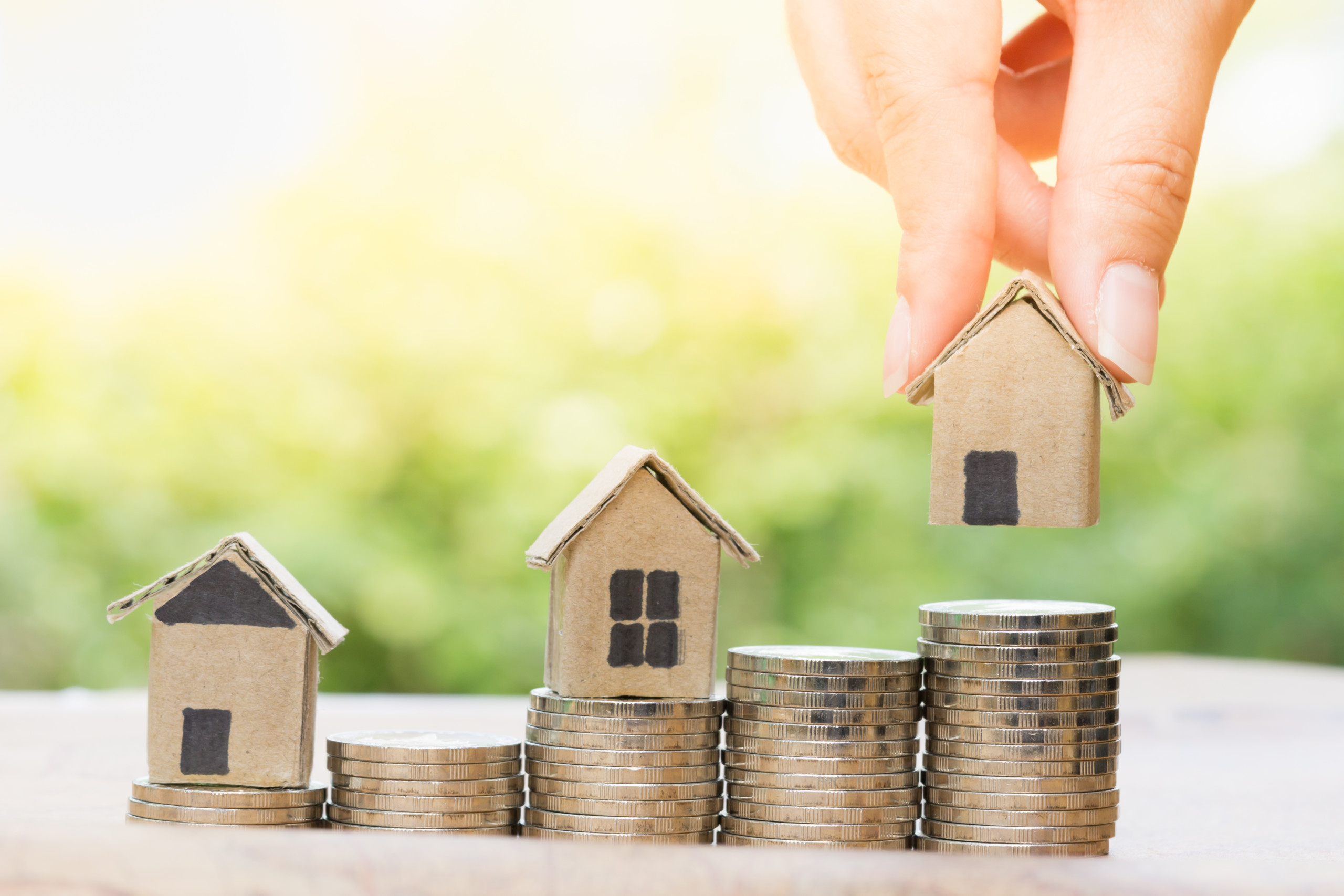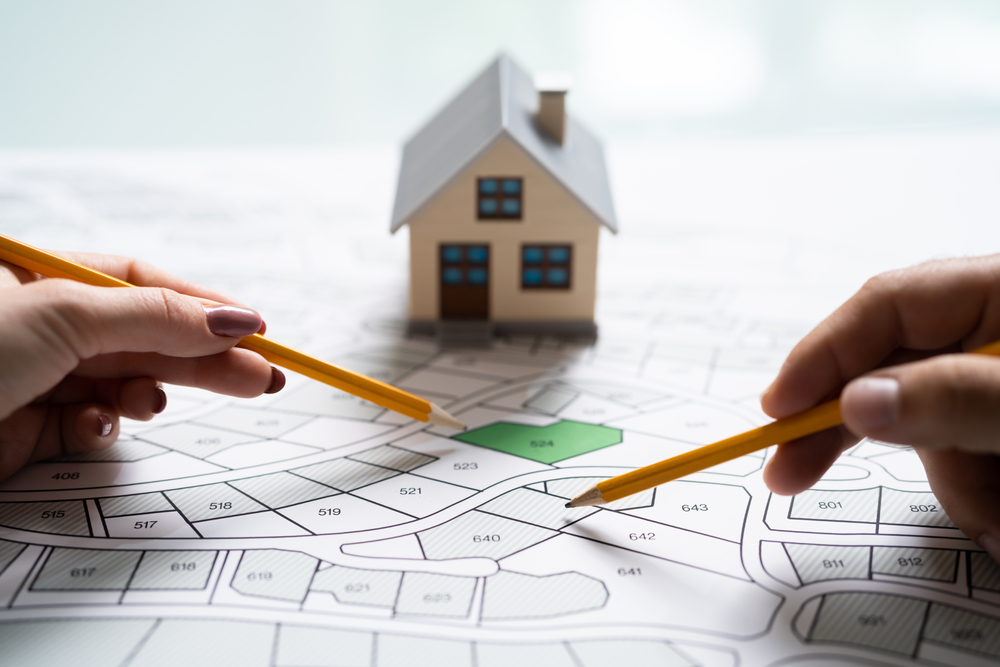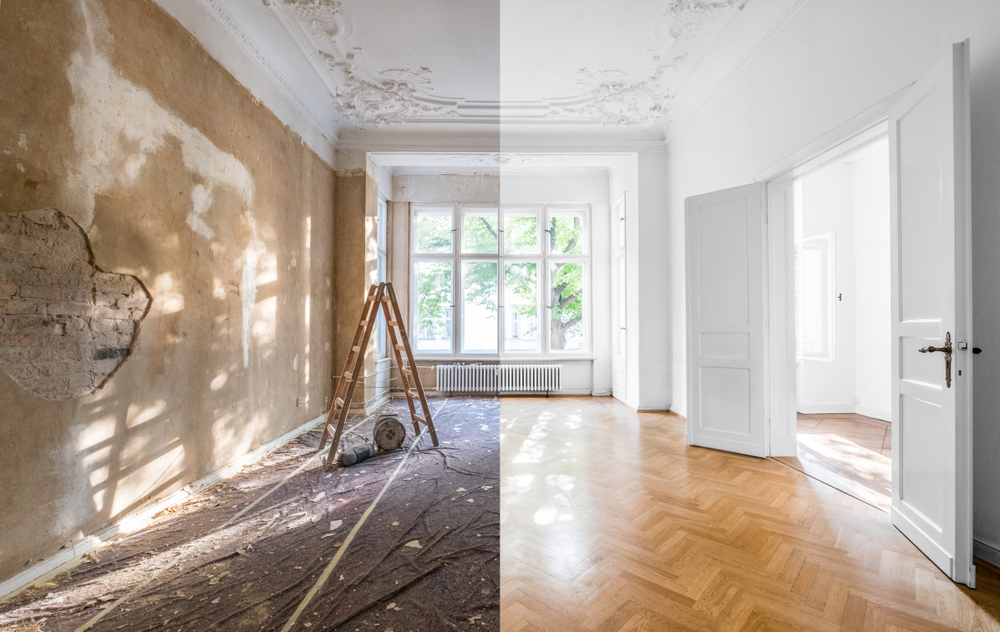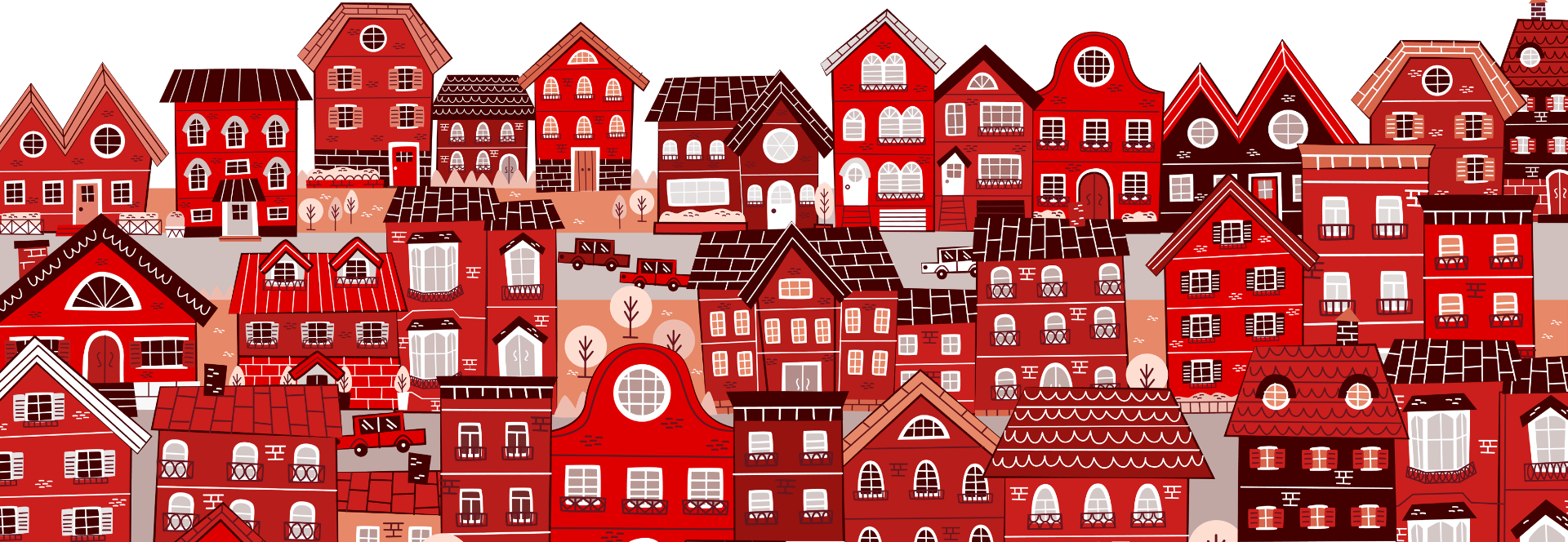
What makes a good investment property? Look out for these features
Want to make a healthy return on your next investment property?
Need a little advice to help get you started?
While nothing is guaranteed in the property world, understanding the basics of what makes a good investment property and what to look out for will help hold you in good stead for tackling your next property investment
Location – Be Strategic:
It may seem a little cliché and for good reason. Location is the most important factor to consider when looking for your next investment property. As an investor, you need to place yourself in your prospective tenants’ shoes and strongly consider what they may value when looking for a rental.
Things to consider include:
- Schools, school zoning, and catchment areas
- Access to public transport
- Shopping facilities
- Proximity to the CBD
- Safety and crime rate
- Planned developments
- Distance from the beach
- Restaurants and cafes
- Growth potential
When you search for properties, it’s important to understand that location comes first, property second. An average house in a great location will attract higher demand and provide more value for tenants than a great house will in an average location. A great location allows you to charge higher rent, with more demand and less vacancy risk. And if you decide to sell down the track, by having a house in a good location you are more likely to see a higher return on your investment (ROI).

Understanding the Property Cycle
The property market fluctuates due to a variety of key factors including things like demographics, interest rate levels, economic prosperity, and government influence. But before you can begin to understand the ‘right’ time to enter the market it’s a good idea to first have a clear understanding of the property cycle. The property cycle can be broken down into 4 main phases: the boom, the slump, the stabilisation, and the upturn phases.
The Boom:
- Shortest stage in the cycle
- Seller’s market
- Property prices surge
- Rising rent costs
- Builders, investors, and homeowners flood the market
- Easier access to finance options
- Oversupply leads to excess supply which ends the boom phase
The Slump:
- Oversupply increases vacancy rates
- Rental rates slowly decrease
- Property prices start to drop
- Increase in property selling time
- Harder to get finance
- Interest rate hikes make it tough for new home buyers
The Stabilisation:
- Interest rates start to fall
- Buyers and sellers roughly reach equilibrium
- Property prices remain flat
- Buyers slowly start to re-enter the market
The Upturn:
- Rent rates rise
- Vacancy rates fall
- Property is generally affordable (in the beginning)
- Property prices start to rise
- Lower interest rates
- Builders and developers commence developing projects to coincide with the next boom

When is the Best Time to Enter the Property Market
Timing is everything in the property market. Sadly, there is no one size fits all. While you can enter the market at any given stage of the property cycle, you will need to do your research and strategise how to best approach the current phase.
In some cases, investors like to take advantage of the slump phase when property prices are lower and more ‘affordable’. This can be considered more of a long-game strategy as investors analyse the market and the ability of an area to bounce back in the future. This of course depends on your financial situation as credit can be harder to acquire and more expensive which may limit your options.
The start of the boom can also be a great time to take a dip in the property pool and make some quick cash for potential investors. By getting in early, investors can look to flip single or multiple properties in quick succession while demand is high and property prices are on the rise.
All in all, the upturn phase appears to be the ‘ideal’ period to enter the market for most investors. Properties are generally more affordable, interest rates are lower and your return on investment is more lucrative. By following market trends, you can take note of market fluctuations and potential upswings early and capitalise on opportunities to maximise capital growth.
Understanding Capital Growth
Capital growth simply is the increase in value of your property over time. By exploring properties in areas that have good capital growth potential you are reducing the risk of your initial investment and increasing the likelihood of turning a profit.
Many investors fall into the trap of focusing on factors such as depreciation, rental yield, and saving tax when they should put more energy into sourcing property in a location that can provide a higher return.
Influencing factors
Capital growth is driven by the forces of supply and demand. The demand of people wanting to live in a certain area versus the volume (supply) of houses available there.
Capital growth indicators to consider:
- Location – Demand for a great location will help maximise your capital growth
- Renovation potential – Smart renovation ideas can substantially boost the value of your property and attract more high-quality tenants
- Scarcity – Lack of supply in high-demand areas
- Demographic changes – Average income, % of owner/occupier’s vs investors, median age
- Development potential – Zoning and density regulations
- High land to asset ratio – Land will increase in value over time more than the house itself
Renovation Potential
Strategic renovations can open the door for stronger returns on your investment property. When done properly, it can help attract a larger pool of high-quality tenants and provide you with a healthier return when you decide to sell.
Renovation tips and tricks:
- Paint your walls a neutral colour (white or beige works best) – this provides tenants with a blank canvas to visualise their ideas for house decorations and furniture without the worry of clashing colours.
- Carpet and flooring – cleaning the carpet and flooring can make a huge difference in terms of appearance for potential tenants. Replace carpet that is old and frayed. If the flooring is old and outdated, consider affordable options such as vinyl planks to give that modern, lavish style feel.
- Maintaining the garden/lawn – by keeping the garden and lawn tidy, you improve the appeal of the property. Outdoor furniture can also make the garden more inviting and welcoming for potential tenants.
- Install new fixtures – things like door handles, lights, switches, and other fixtures will help give the house a more modern touch.
- Repair any cracks or holes in walls, windows, and doors – this way you minimise the risk of further damage by your tenants and provide them with a safe environment to live in
.

Rental Demand and Yield
If you are planning on renting out your investment property to cover costs and generate income, then finding a property in an area with strong rental demand and yield is vital.
In simple terms, rental yield is the difference between rental money received minus the overall costs of your investment. A higher percentage generally means greater cash flow and in turn a higher return on your investment.
Rental yield is often split into two main categories – gross rental yield and net rental yield.
Gross rental yield provides a general overview of a property’s general investment potential but doesn’t factor in potential outgoings. This method helps quickly determine whether a property may be worth investing in off-limited research.
The net rental yield is considered a more accurate representation of a property’s investment potential as it factors in the outgoing expenses of your investment property. Expenses such as mortgage repayments, council fees, maintenance costs, strata fees, insurance, etc.
When you have narrowed down your property search using the gross rental yield calculation, you can take the extra time to research the net rental yield and determine if a property is worth investing in.
Calculating General Rental and Net Rental Yield:
| General Rental Yield | Gross Rental Yield = Annual rental income / Property’s purchase cost x 100 |
| Net Rental Yield | Net Rental Yield = (Annual rental income – Anticipated expenses) / Property’s purchase price |
It’s important to understand that rental yield comes down to your overall investment strategy. A high rental yield might provide steady returns but may lack capital growth potential. This all depends on your location and the other factors discussed above.
Interested in Investing?
At Semple Property Group we pride ourselves on providing exceptional customer service and getting the BEST RESULTS for our clients. With over 27 years of residential real estate experience, if you’re currently looking at buying property in Perth or need a hand to search for properties, then give us a call at (08) 9494 2606 and let us help you find your next gold mine.
Related Articles

The best things to do in Fremantle

Can Tenants Make Changes to My Rental Property in WA?


